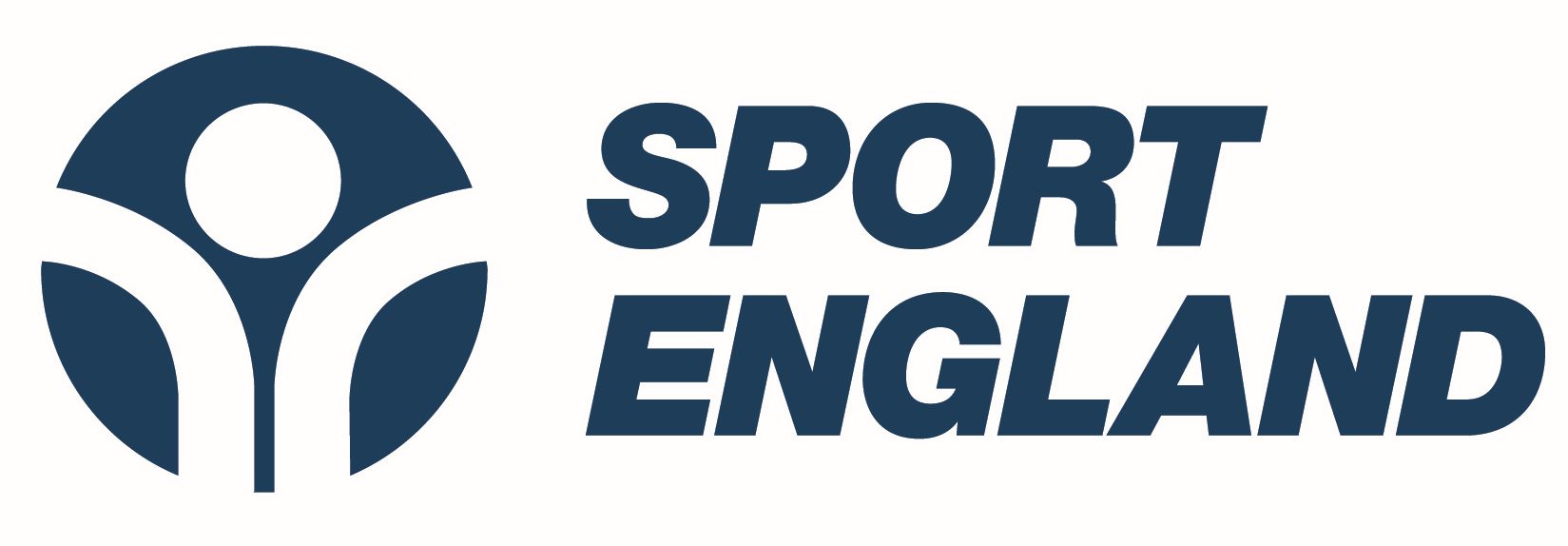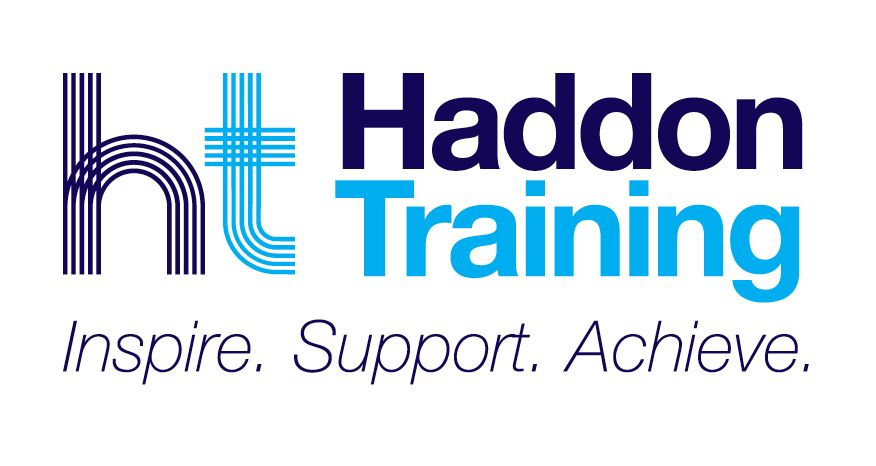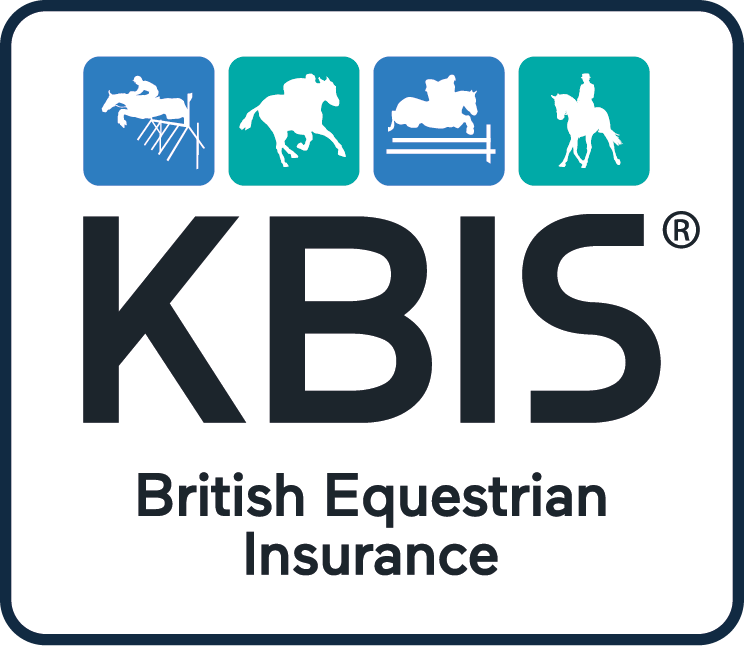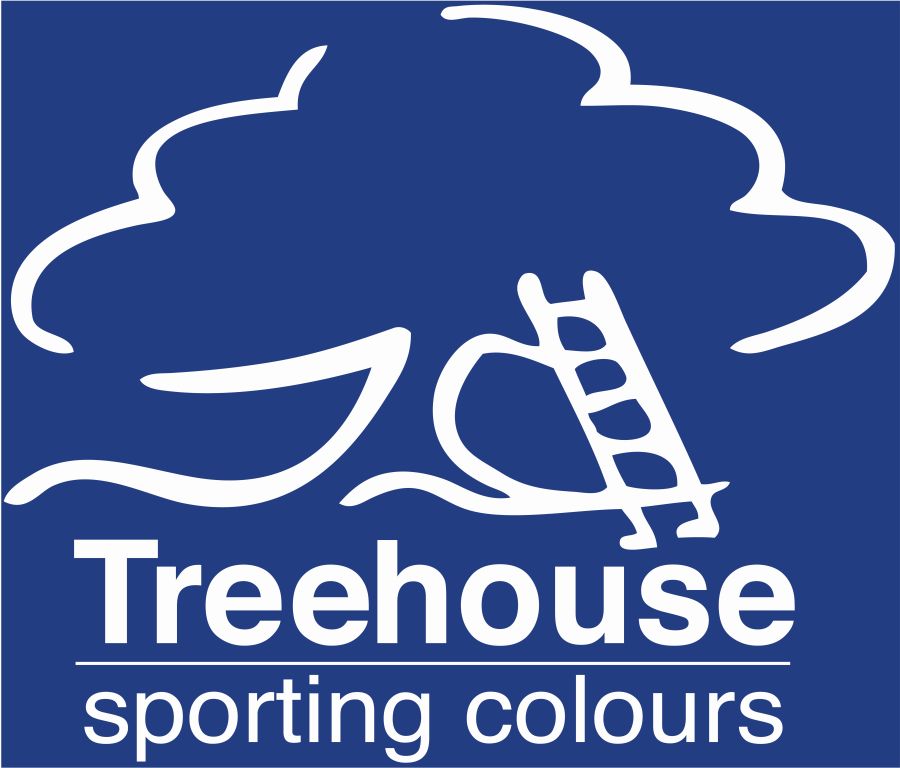- Join Us
- Login
- EEA ToolKit
- Employment Essentials
- Frequently asked
- Contracts and wages
- Time off work & absence
- Staff management & training
- Workplace disputes
- Dismissals and resignations
- Pregnancy and children
- Avoiding discrimination
- Redundancy and Retirement
- Other responsibilities
- Legal Helpline
- Recruitment
- Good Recruitment
- New starters
- Find a groom
- Good Employment
- Resources
- Downloads Library
- EEA Pension & Payroll
- Safe workplace
- Employers Minds
- Transporting horses
- Riding Establishment Licences
- Member discounts
- Business Hub
- Equestrian businesses
- The business plan
- Business compliance
- My clients
- Livery Contract Creator
- Financial matters
- Business challenges
- Marketing
- The EEA
- Employers Life
- Contact

Employer's Life
As summer arrives, the equestrian industry faces seasonal challenges that can pose significant health and safety risks to staff working at livery yards and riding schools. Long hours in the heat, working in dusty environments, and dry, hard ground can increase the risk of injury, heat-related illness, and fatigue. Employers have a legal and moral duty to safeguard the health of their staff and must take proactive steps to ensure the well-being of their team during these months. This is especially important for staff who may be coaching and riding as a main part of their job role, as prolonged exposure to high temperatures working out in the arena can cause heat exhaustion or heatstroke. Dust from arenas can also cause respiratory issues, particularly for those with asthma or allergies. It’s important to provide enough breaks for staff to be able to stay hydrated throughout the day, ensure they have access to cool, clean drinking water, and can take regular breaks out of the sun. If possible, working in direct sunlight should be avoided, and especially at the hottest time of the day between midday and 3pm. Sun lotion of SPF 30 and above should be applied and reapplied regularly throughout the day. It should also be recommended that staff wear lightweight, breathable, and ideally UV-protective, clothing as well as ensuring their head is covered to protect against the sun. Sensible and safe footwear and appropriate protective gear- such as riding hats or body protectors- should still be worn at all times. Longer days can often mean longer working hours, and it should be considered if a change in working patterns and routine may improve working conditions, such as to undertake riding or heavy yard work earlier or later in the day when it is cooler. Working long hours or spending prolonged time in the heat can often lead to tiredness and fatigue, which may remove alertness and reduce reaction times leading to potential risks when working on the yard and around the horses. All staff should be trained to recognise signs like dizziness, nausea, confusion, or rapid pulse, and on site first aiders should be trained in handling heat related conditions. Of course, it’s not just the staff but the equines working too! They can also be affected by the same issues of heat, and fatigue. It should be considered what is an appropriate maximum temperature for horses to continue working and make changes to their working hours, exercise regime or the yard routine as necessary. Putting increased pressure on the equines could ultimately put riders or handlers at unnecessary risk. Responsible employers should ensure that extreme weather conditions—including prolonged heatwaves, and high UV exposure—are specifically addressed in their health and safety policies. These conditions should be clearly included in written risk assessments, with actions outlined for each hazard. Regular reviews of these documents are essential, especially as climate patterns shift and unpredictable weather becomes more common. Having robust, up-to-date procedures not only demonstrates a commitment to staff welfare but also protects employers from potential legal and insurance issues in the event of a weather-related incident. Protecting staff during the summer isn’t just about comfort—it’s about reducing the risk of illness, injury, and burnout. By taking a proactive, well-planned approach, employers at livery yards and riding schools can ensure a safer, more productive summer season for everyone involved. Staff who feel cared for and protected are more likely to stay motivated, healthy, and loyal to their workplace—an invaluable asset in any equestrian business. The EEA is the go-to resource for yard owners who want to operate professionally, legally, and ethically, while saving time and money. Access a comprehensive choice of tools, advice, discounts and support for just £49.50 a year. About the author Cheryl Johns, owner and founder of LiveryList and the Yard Owner Hub, is a qualified and experienced yard manager, marketing advisor and business consultant with experience across a range of industries. She works as a consultant for equestrian charities and organisations developing their understanding of the livery sector. About LiveryList Launched in 2011, LiveryList is the UK’s leading directory of equestrian establishments. In 2023 they launched the Yard Owner Hub, and industry leading and industry recognised resource for the owners of equestrian establishments. Ensuring safe summer working on equestrian yards
3rd June 2025

Working safely outdoors in summer
Policies equal protection
JOIN THE EEA to access essential hr and business tools
BLOG ARCHIVE























-Small.jpg)



